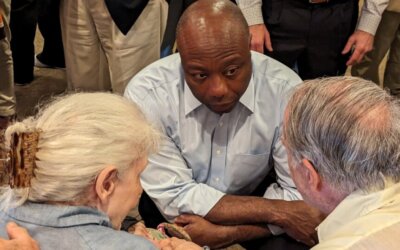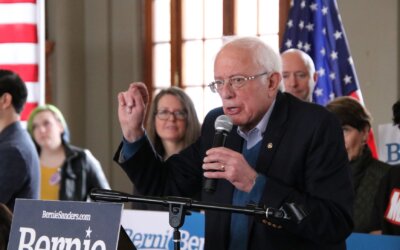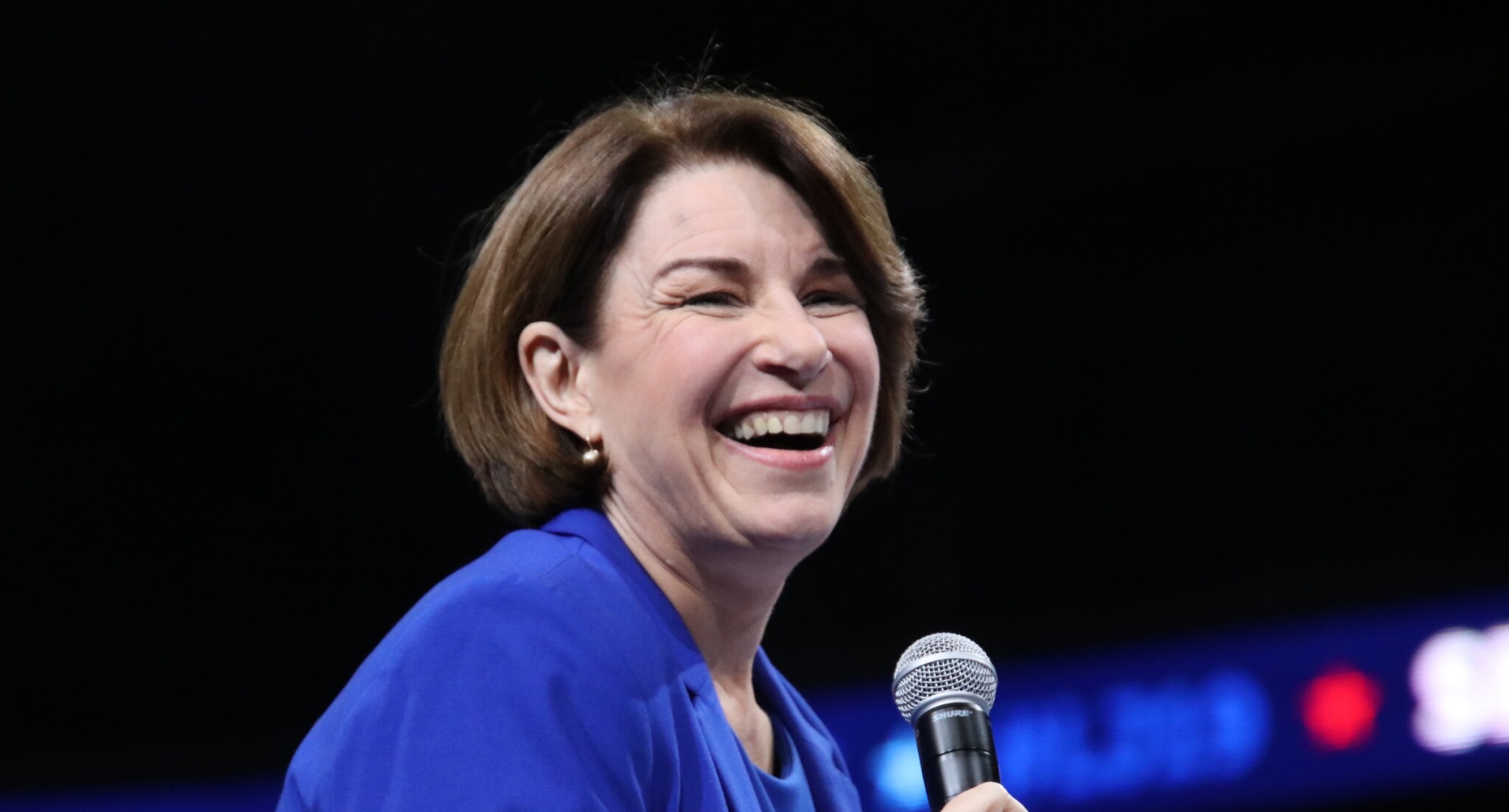
Photo by Julie Fleming
While press coverage has understandably focused on the extremely delayed results of the Iowa Caucus, it’s robbed many candidates of an acknowledgment of what their campaigns accomplished in the state. What discussion there has been has centered around Joe Biden’s collapse and the extremely close margin between Pete Buttigieg and Bernie Sanders at the top.
Elizabeth Warren’s third place finish ahead of Biden, currently 2.4 points above him in these unsettled, incomplete results, was a solid showing and outperformed her final polling average. She’s still eight points off the two front-runners, however, the important thing is that she came in above Biden, and Warren is well-positioned to take advantage of a changing field if Biden falls in other states.
But the candidate who had one of the best performances relative to their standing that night was Amy Klobuchar.
Currently standing at 12.2% of the SDE totals, she’s only three and a half points back from the former national front-runner in Iowa. And that didn’t come from a strategic trick in targeting rural delegates. Klobuchar’s current second alignment numbers are also 12.2%, so she didn’t overperform her delegate totals versus raw vote like Buttigieg did.
She’s the leader in five counties right now, and she achieved viability in a diverse range of precincts, not all just in one region or demographic. It also appears that in many of the precincts where Klobuchar hit viability, she did well in attracting Iowans of nonviable candidates to her corner.
Klobuchar’s natural strength near the Minnesota border paid off. In the top three rows of Iowa counties on the northern border, Klobuchar came in the top three in 16 of 30 of them. She did particularly well from Mason City to Decorah, coming in first or second in the following counties: Cerro Gordo, Floyd, Worth, Mitchell, Winneshiek, Allamakee and Clayton.
But Klobuchar also ran strong in many suburban precincts rich with delegate totals. This was no easy task here, as it often took dozens of supporters to hit viability in some of the more active, higher turnout suburban precincts. While Klobuchar had a good organization, her field organizers had bigger turfs to cover than other campaigns with larger field staffs.
And yet Klobuchar showed up on the delegate board time and again in key places throughout the Des Moines suburbs and elsewhere. She was viable in all six Johnston precincts, was the second alignment vote leader in five precincts both rural and suburban in Northwest Polk County, and reached viability in nine of 11 Bettendorf precincts.
She also scored some victories in the most Republican corner of Iowa. She’s currently leading in both Lyon and Sioux counties. Her 99-county tour that wrapped up in December brought her to many counties that no other candidates still in it visited, boosting her totals there. While it was assumed that Klobuchar was hurt the most by missing campaign time in Iowa by impeachment (and she probably was), she seemed to build up enough good will in those rural counties to keep people engaged.
And Klobuchar popped up in places you might not expect. At one very high-turnout Ames precinct with many students at it, Klobuchar was the third viable candidate along with Warren and Sanders. She was also in third place in two Grinnell precincts, though not the campus there. Where she appeared to struggle was in urban, blue-collar precincts, especially on Des Moines’ South Side.
If you look at the overall numbers right now, it shows Klobuchar losing votes during realignment, dropping from 21,896 to 20,525 with 97% reporting, but this doesn’t show the real picture. If you look around on the New York Times maps of where Klobuchar was viable, she often improved significantly on realignment, just as Buttigieg and Warren did.
What’s particularly impressive is that Klobuchar’s team consistently did more with less.
A review of spending in Iowa showed that Klobuchar came in seventh in money placed on TV ads. Throughout the race, her campaign spent $1.8 million on Iowa TV, compared to Biden’s $3.1 million, Warren’s $3.5 million, Andrew Yang’s $4.4 million, Sanders’ $5.9 million, Buttigieg’s $6.6 million and Tom Steyer’s $11.3 million. And that’s not counting the $3 million that a Super PAC supporting Biden dumped on the Iowa airwaves.
Klobuchar’s field team punched far above their weight, as well. While by the end of the campaign, Klobuchar had over 100 staff on the ground in Iowa, a good part of that was thanks to a late ramp-up after some strong debate performances in November and December helped with fundraising. Before that, the size of her Iowa team trailed most of her serious rivals.
One strong advantage they did have was a good political team that scooped up local endorsement after endorsement, including the kind of activists and elected officials that actually bring you results on caucus night.
Finally, Klobuchar was also in that spot that no candidate wants to be in Iowa before caucus night: teetering on the edge of viability.
Hovering around 8% to 10% in the polls just before the caucus is a terrible place to be, because there’s a chance that causes you to miss getting to 15% in many precincts, wiping out your totals completely and making it look like you underperformed. But Klobuchar instead outperformed many of the final polls.
The Real Clear Average polling had her at an average of 9.0% before the caucus; she’s currently at 12.2% in the results. The mid-January Des Moines Register/CNN poll (the one that didn’t get spiked) put Klobuchar at just 6%, which really would have been disastrous for her.
While Klobuchar may not have gotten a good media narrative bump out of comparatively strong Iowa performance, the underlying dynamics that helped her here (save for the Minnesota border, obviously) may crop up again in other early states. If Biden does not quickly right the ship following his Iowa disappointment, this primary becomes a whole new ballgame, and Klobuchar is right in the mix.
by Pat Rynard
Posted 2/6/20
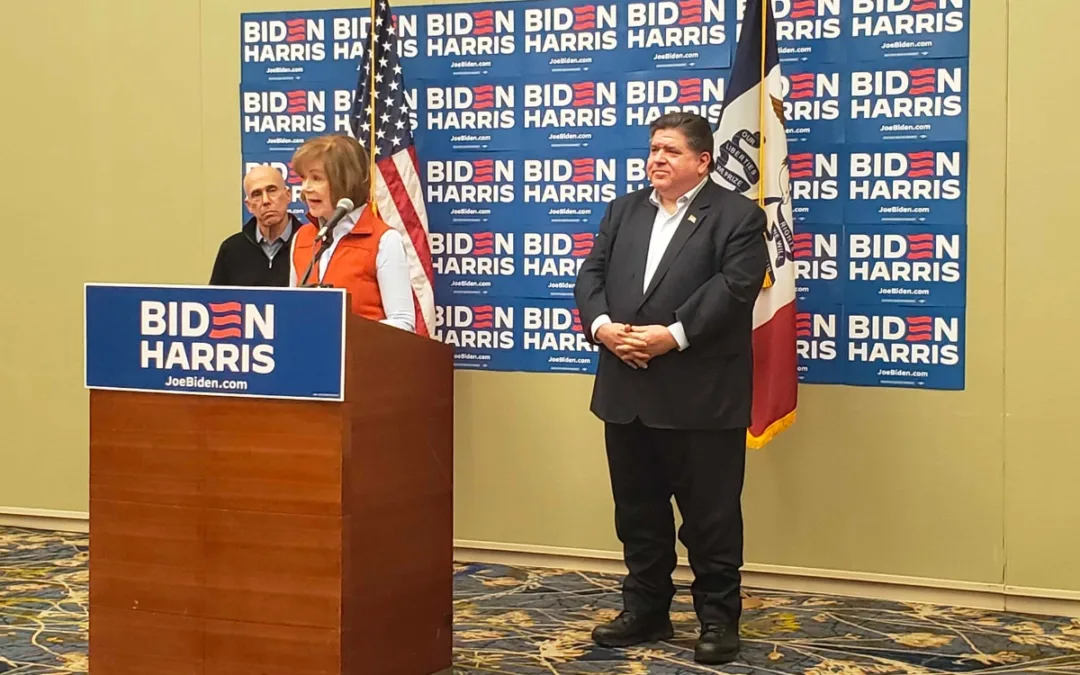
Original, heels or boots: Pritzker says leading Republicans are all MAGA
Illinois Gov. JB Pritzker said all three leading candidates in the Iowa GOP caucus—Donald Trump, Nikki Haley, and Ron DeSantis—represent the same...
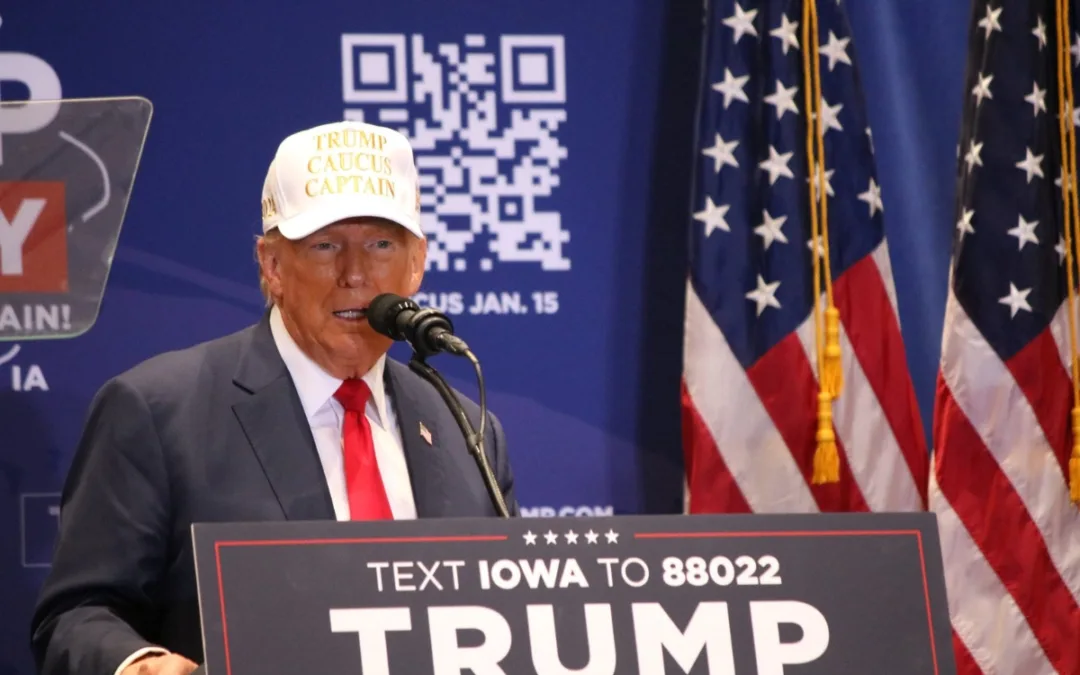
Trump tells supporters it is worth dying to caucus for him
Former President Donald Trump continues to encourage his massive base to turn out in droves for him during Monday’s Republican caucus and told an...

Climate change protesters disrupt Ron DeSantis event
Climate protesters disrupted a Gov. Ron DeSantis campaign event in Ames on Thursday night. Three protesters were escorted out of the room at...

Evangelical leaders predict huge caucus turnout, downplay endorsements
Iowa caucus candidates have racked up big-name endorsements—including a notable last-minute flip flop—but one evangelical leader said none of that...

We went to Vivek Ramaswamy’s ‘Vektoberfest.’ Here’s what we saw
As I sat on a park bench eating a bacon-grilled cheese sandwich, drinking an Exile Ruthie straight from the tap, and chit-chatting with a few folks,...
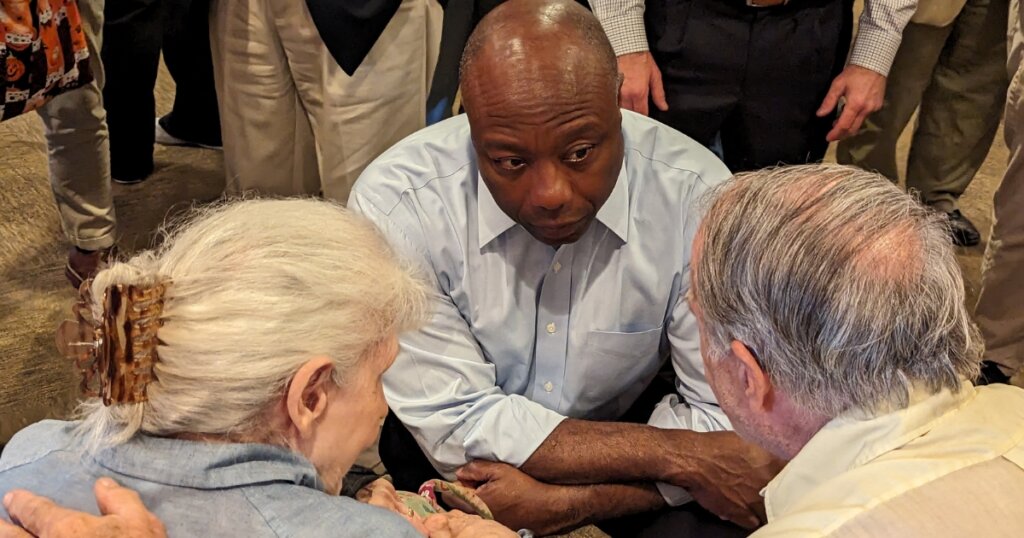
Tim Scott says kids need more exposure to conservatism
While many Republicans across the country have spent the last few years arguing that public schools are being used to indoctrinate kids into leftist...



